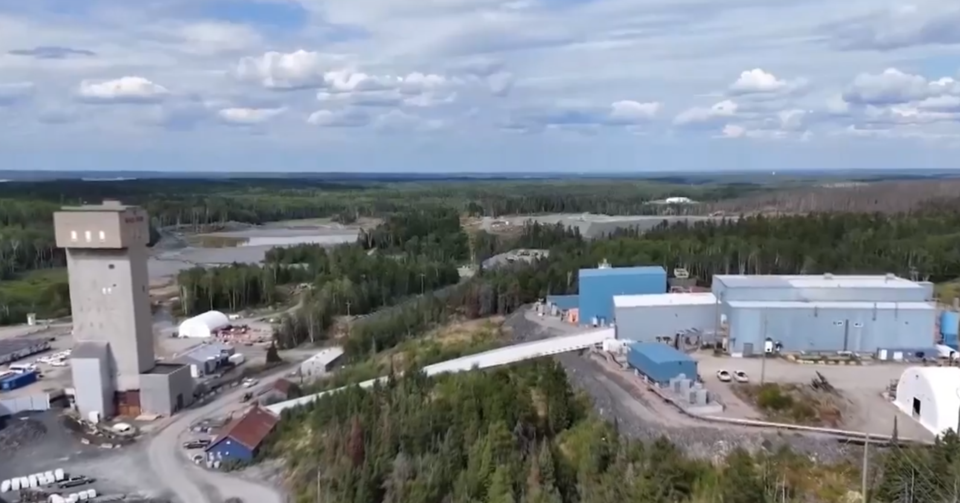West Red Lake Gold Mines is aiming for a mid-year restart of its Madsen Mine at Red Lake.
The Vancouver mine developer released a prefeasibility study in early January, laying out its plan to bring Madsen back to life in 2025.
In taking over a mine that struggled out of the gate and failed under previous ownership, company management is confident it’s delivered a pragmatic and conservative plan that it can deliver on.
With 1.7 million ounces of indicated gold reserves and resources, Madsen’s new mine life is pegged at 7.25 years.
In a Jan. 8 webinar, CEO Shane Williams believes Madsen has “world-class potential” with plenty of upside to bring new deposits into production, to make new discoveries, and lengthen its operating life.
Average annual gold production is estimated at 67,600 ounces over six years in that span.
In a Jan. 7 news release, West Red Lake management said Madsen has the strong potential to grow its reserves with “multiple opportunities” to mine various areas with seven deposits on the property.
At an average grade of 8.2 grams per tonne, the company expects grades will get higher, as much as 13 grams per tonne, as the mine expands and goes deeper.
Test mining has already started, with a bulk sample currently being excavated to be run through the processing mill in March.
In mining vernacular, a bulk sample helps a mining company better understand the metallurgy of an ore body and helps it plan to mine more efficiently and process the ore to maximize the gold recovery.
By mid-year, gold production will be well underway. Williams expects to reach steady, consistent commercial production by late in the fourth quarter of this year or the first quarter of 2026.
Already, 140 people are working at the site and, over the next eight months, they plan to build the roster up to 221.
“Every week, we’re hiring people,” said Williams.
A new accommodations camp has been built for fly-in workers.
Madsen, a historic mine property going back to the 1930s, is 10 kilometres southeast of the town of Red Lake.
Operations at Madsen were halted in October 2022 when Pure Gold Mining entered CCAA protection. West Red Lake picked up the asset for only $6.5 million the next year during a court-ordered sale process.
After the acquisition, West Red Lake spent the following 16 months drilling underground to fully understand the ore body and absorb the lessons of how the mine failed.
More drilling is queued up for this year to better define new zones and scope out underexplored areas in and around the existing mine, including deeper down where the ore body is believed to continue at higher grades.
In boasting a gold corridor extending more than 10 kilometres, the company said the rest of its 47-square-kilometre land package remains underexplored.
“Lots of opportunity as we move forward,” said Williams.
The company said it’s fully funded for the start of production. Restart costs were relatively low since all the infrastructure was built by Pure Gold, including 21 kilometres of modern underground mine workings.
“Really, the mine is ready to start; no more permitting is needed,” said Williams.
Agreements with area First Nations were hammered out by the previous company.
Madsen is expected to generate strong cash flow every year, at almost $70 million, which will only increase over time with development costs out of the way and as the company taps into higher grade gold. The all-in sustaining cost is US$1,681 per ounce.
West Red Lake expects to spend $434 million over the initial seven-year mine life, including $22.5 million to rehabilitate an existing main shaft to eventually skip ore to surface. Another $52 million has budgeted for a second shaft as mining operations extend deeper down.




